Jan Sawka
With a career of over 40 years, Jan Sawka (pronounced Yan SAF-ka) is known for his accomplishments in painting, printmaking, architecture, and multi-media. In 1946, Sawka was born in 1946 to an architect father and linguist mother in the Silesian city of Zabrze. His childhood was overshadowed by his father’s Stalin-era political imprisonment. Sawka completed two Masters Degrees; in painting and print-making from the Wroclaw Fine Arts Academy and in Architectural Engineering from the Institute of Technology in Wroclaw. By his late 20’s, Sawka was a star of the famed Polish School of the Poster and a leading artist of the counter-culture. His oppositionist activities lead to his exile in 1976. Since 1977, he has resided in New York and is part of the American cultural mainstream. He made editorial drawings for the NY Times, prestigious galleries have exhibited his paintings and prints, and he designed for such theaters as the Harold Clurman, Jean Cocteau Repertory and Samuel Beckett Theater. Sawka’s works are in the collections of over 60 international museums, including the Museum of Modern Art, N.Y., Victoria and Albert Museum in London, Stedelijk Museum, Amsterdam, The Polish National Museums, Poland, Israel Museum, Jerusalem, and Museum of Modern Art in Toyama, Japan. He had over 70 solo exhibitions at galleries in major art centers around the world. His intaglio prints comprise the largest collection of works on paper of a single artist at the Library of Congress in Washington, D.C.
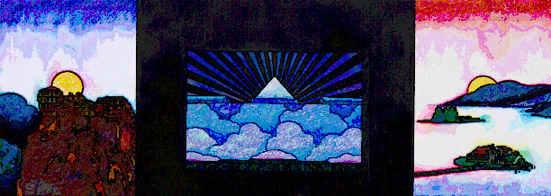
Sawka created multi-media set designs, artworks and graphics for productions ranging from shoestring budgets at the Harold Clurman and Samuel Beckett Theaters in New York to large-scale productions such as the Grateful Dead’s 25th Anniversary Tour and the Steve Winwood/Traffic Reunion Tour. His multi-media work included projections of images on downtown Houston’s skyscrapers for “Sky Power,” the 40th anniversary celebration of NASA and “The Eyes,” a multi-media spectacle produced at the Art Tower Mito art center in Mito, Japan in 1993 under the artistic direction of Tadashi Suzuki.
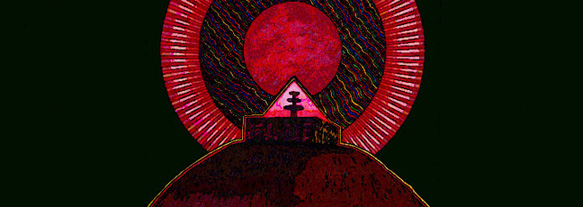
Since the late 1990’s, through collaborations with Japanese technology experts and organizations, Sawka created sculptures using “Smart Glass” (the newest development in glass and plasma screen science) and “liquid light” (light that changes color thanks to chemical reactions). These are called “UMU sculptures,” based on the Japanese word for “now here, now gone.” UMU sculptures have appeared at the Lisbon Expo of the Sea in Lisbon, Portugal in 1998 and at Sumitomo Corporate Headquarters in Singapore, as well as at ACA Galleries in the Chelsea Arts District of New York in 2004.
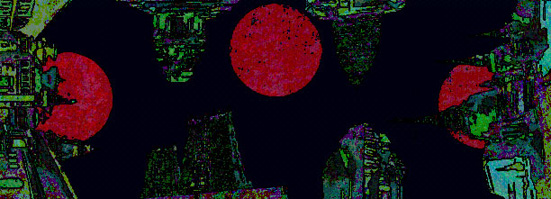
Sawka’s awards include the Oscar de la Peinture award and the special prize of the President of France at the 7th International Painting Festival, Cagnes-sur-Mer, France in 1975, the 1978 Gold Medal at the Warsaw International Poster Biennial, the NY Times Book of the Year for “A Book of Fiction” that was published by Clarkson and Potter, New York in 1986, the Silver Medal at the 1990 Brno Poster Biennial, the 1991 Artist Laureate at the International Poster Biennial in Fort Collins, Colorado, The Japanese Cultural Agency Award in 1994, and a nomination for the International OSAKA award in the fields of Architecture and Design in 1996. In 2003, he received the Premio di Lorenzo Il Magnifico Gold Medal in Multimedia at the 4th International Biennial of Contemporary Art, Florence, Italy for his pilot of “The Voyage.” In 2011, along with architect Bart Sapeta, he was awarded by the New Hampshire Chapter of the American Institute of Architects (AIA) with an “Excellence in Architecture Design Award” in the Unbuilt Category for his design for the Peace Monument, Jerusalem.
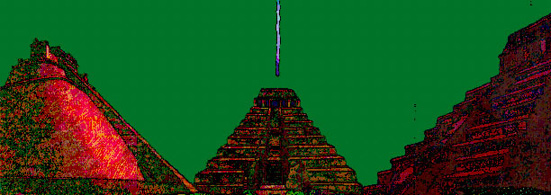
Sawka’s life and work was often political in nature, with an emphasis on human and civil rights. As a young artist, he illustrated underground poetry and created posters at great personal risk that expressed opposition to the human and civil rights abuses of the totalitarian communist regime in Poland. In March 1968, he was a leader in the Wroclaw (Poland) protests against the anti-Semitic policies of the Soviet Union, which led to severe punishment at the hands of the military. In 1976, he and his family were exiled permanently from their homeland. The family initially lived in France, where Sawka was a resident artist at the Pompidou Center in Paris. In late 1977, the family moved to the United States. In 1978, despite government pressures, an international jury at the Warsaw Poster Biennial awarded Sawka the Gold Medal for a poster featuring a tank on city streets that was entitled “Car of the Year.” In 1981, when Martial Law was imposed in Poland, the AFL-CIO (American labor union) led a bipartisan fundraiser that sold Sawka’s Solidarity Poster to millions of Americans to provide immediate support to the besieged Solidarity movement, which ultimately overthrew totalitarian communism in Poland and led to the fall of the Berlin Wall. Symbols Sawka has devised have supported causes such as Human Rights Watch, Holocaust memorials, non-nuclear-future fundraisers and help for Haiti.
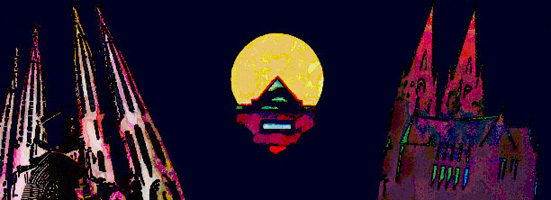
Jan Sawka passed away in August 2012, but his work and projects such as “The Voyage” continue.
Mickey Hart
Mickey Hart is best known for his nearly three decades as an integral part of an extraordinary expedition into the soul and spirit of music, disguised as the rock and roll band the Grateful Dead. As half of the percussion tandem known as the Rhythm Devils, Mickey and Bill Kreutzmann transcended the conventions of rock drumming. Their extended polyrhythmic excursions were highlights of Grateful Dead shows, introducing the band’s audience to an ever-growing arsenal of percussion instruments from around the world. Exposure to these exotic sounds fueled Mickey’s desire to learn about the various cultures that produced them.

Currently, Hart is in the studio recording his new solo project due out in April 2012. “I’ve been involved in sampling the epic events of the universe from the Big Bang to now – everything that makes up our lives,” says Hart, describing his upcoming album. “It’s all about the vibrations of life. In this case, they began as light waves, and these light waves are still washing over us. The scientists at Lawrence Berkeley Labs and Meyer Sound made them into sound waves. I want to bring these light waves into the human range and use that as a musical catalyst and play with it.” Mickey debuted his new songs to packed houses in the summer of 2011 with the Mickey Hart Band featuring, Tim Hockenberry, Crystal Monee Hall, Vir McCoy, Ian “Inx” Herman, Gawain Mathews, Greg Ellis, and Sikiru Adepoju. On October 11, 2011, Smithsonian Folkways Recordings released the ‘Mickey Hart Collection’ to preserve and further the Grateful Dead percussionist’s endeavor to cross borders and expand musical horizons. Smithsonian Folkways has made many of Mickey Hart’s music projects available digitally (stream and download) for the first time while keeping physical versions in print as on-demand CDs.
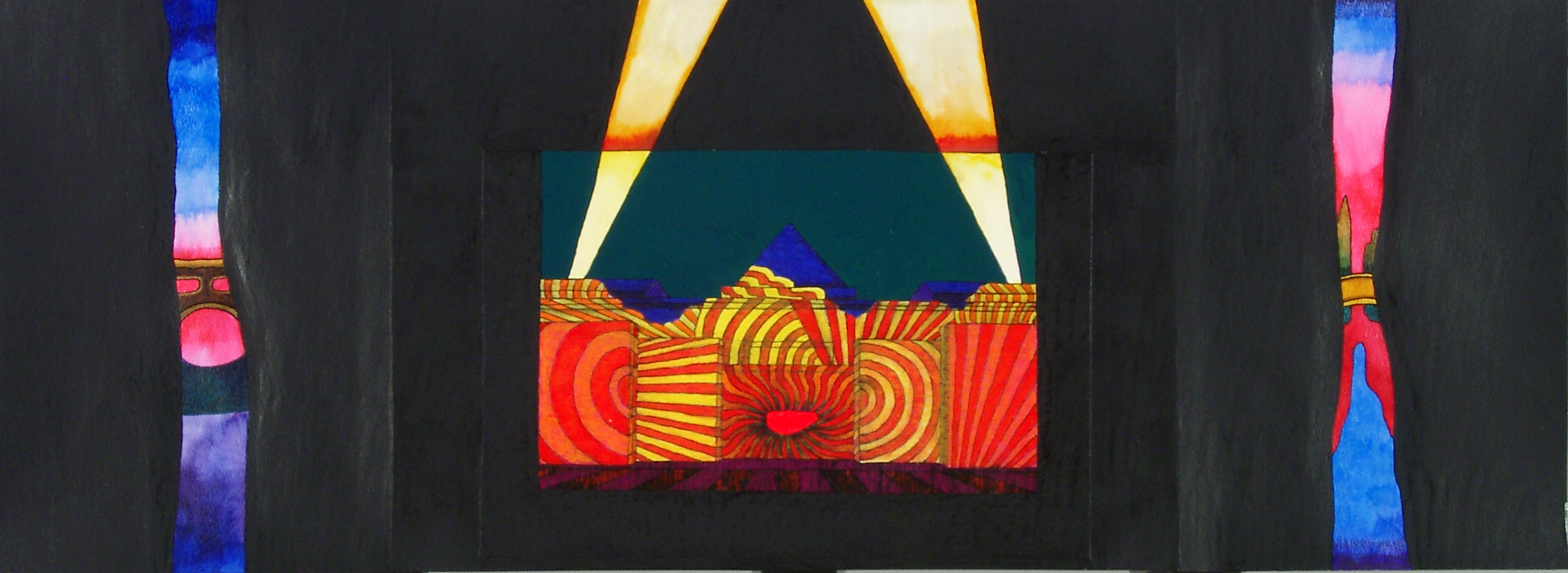
The Mickey Hart Collection begins with 25 albums drawn from ‘The World,’ a series Hart curated that incorporated his solo projects, other artists’ productions, and re-releases of out-of-print titles. Six of the twenty-five albums form the “Endangered Music Project,” a collaboration between Mickey Hart and the American Folklife Center at the Library of Congress, which presents recordings from musical traditions at risk. Both ‘The World’ and ‘The Endangered Music Project’ were previously distributed by Rykodisc from 1988 to 2002. His tireless study of the world’s music led Mickey to many great teachers and collaborators, including his partners in Planet Drum Zakir Hussain, Babatunde Olatunji, and Airto Moreira. Planet Drum’s self-titled album not only hit #1 on the Billboard World Music Chart, remaining there for 26 weeks, it also received the Grammy for Best World Music Album in 1991– the first Grammy ever awarded in this category. Hart last released the Global Drum Project with Zakir Hussain, Sikiru Adepoju, and Giovanni Hidalgo in 2007, which took home the Grammy for Best Contemporary World Music Album.
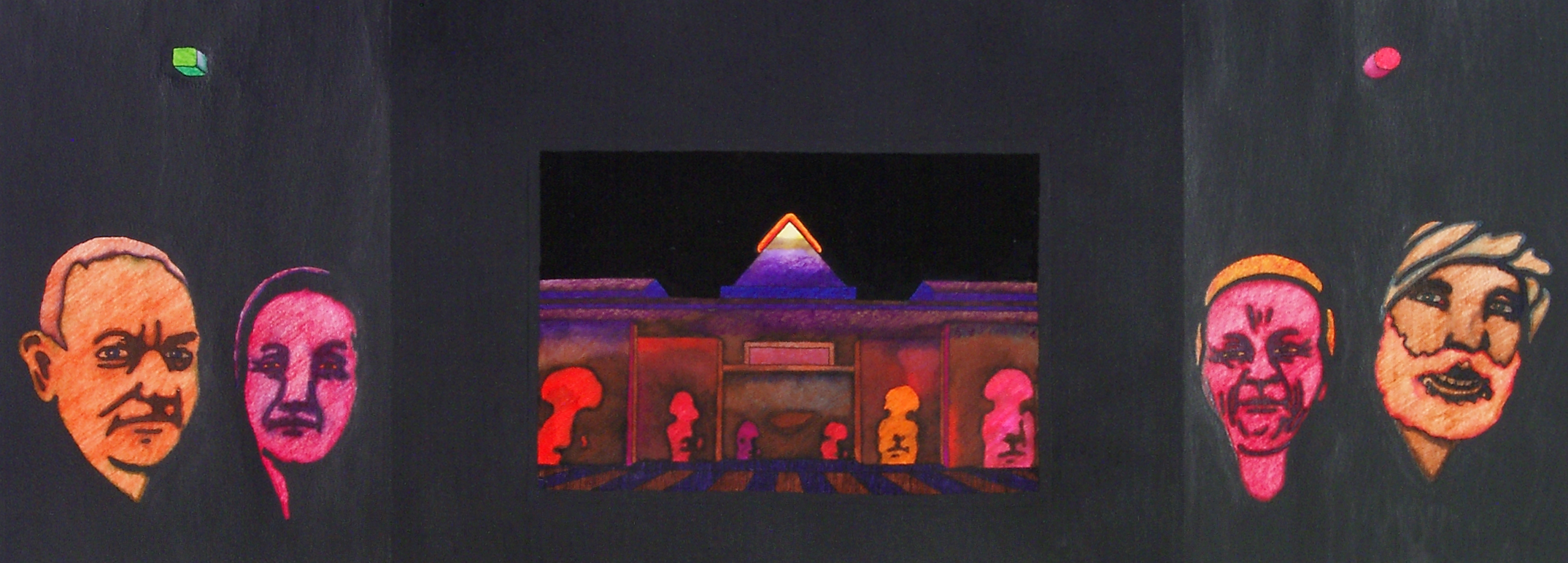
Mickey’s experiences have paved the way for unique opportunities beyond the music industry. In 2008, he and Planet Drum partner Zakir Hussain composed a thrilling backbeat to the new Volcano at the Mirage Hotel in Las Vegas, NV. He composed a major drum production performed by an assembly of 100 percussionists for the opening ceremony of the 1996 Centennial Olympic Games. Additionally, Mickey has composed scores, soundtracks and theme for a number of award-winning films and television shows including Apocalypse Now, Gang Related, Hearts of Darkness, The Twilight Zone, the 1987 score to The America’s Cup: The Walter Cronkite Report, Vietnam: A Television History, and The Next Step.
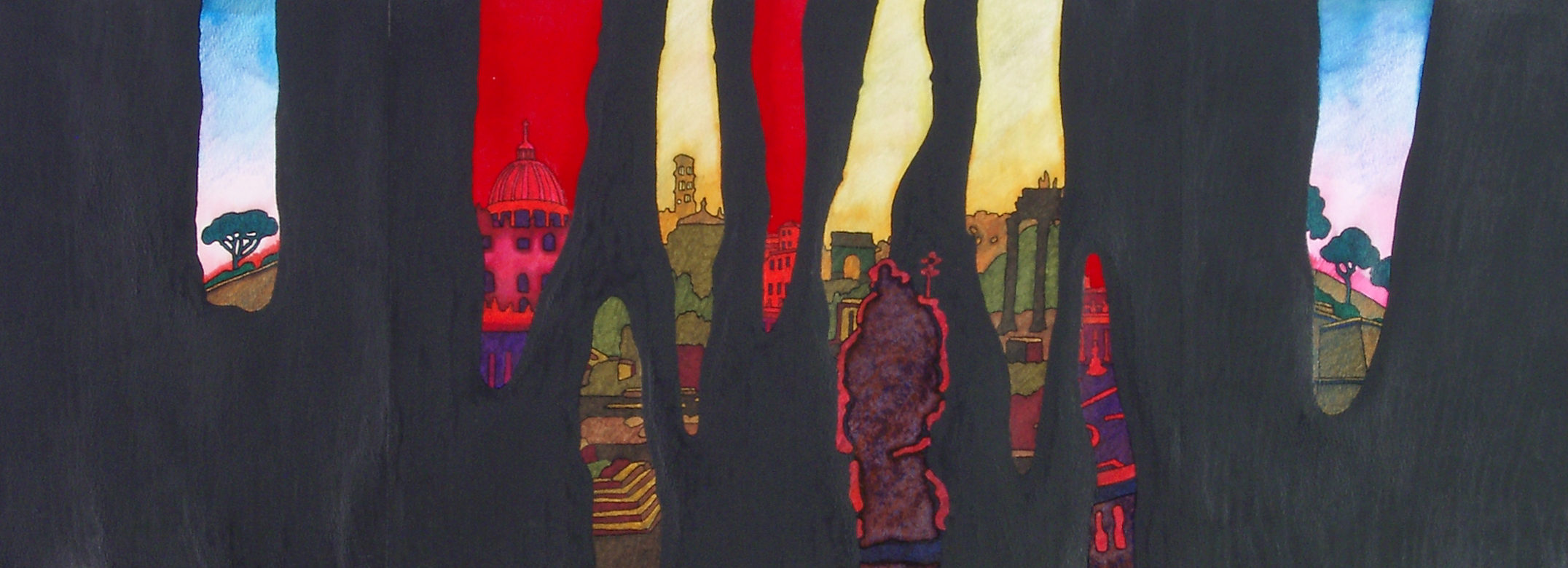
Mickey has written four books documenting his lifelong fascination with the history and mythology of music. These include Drumming at the Edge of Magic, Planet Drum, and Spirit into Sound: The Magic of Music. His latest book, Song catchers: In Search of the World’s Music, published by National Geographic Books, traces the 100-year evolution of recording technology, creating vivid portraits of the pioneers who traveled far and wide collecting the world’s music.
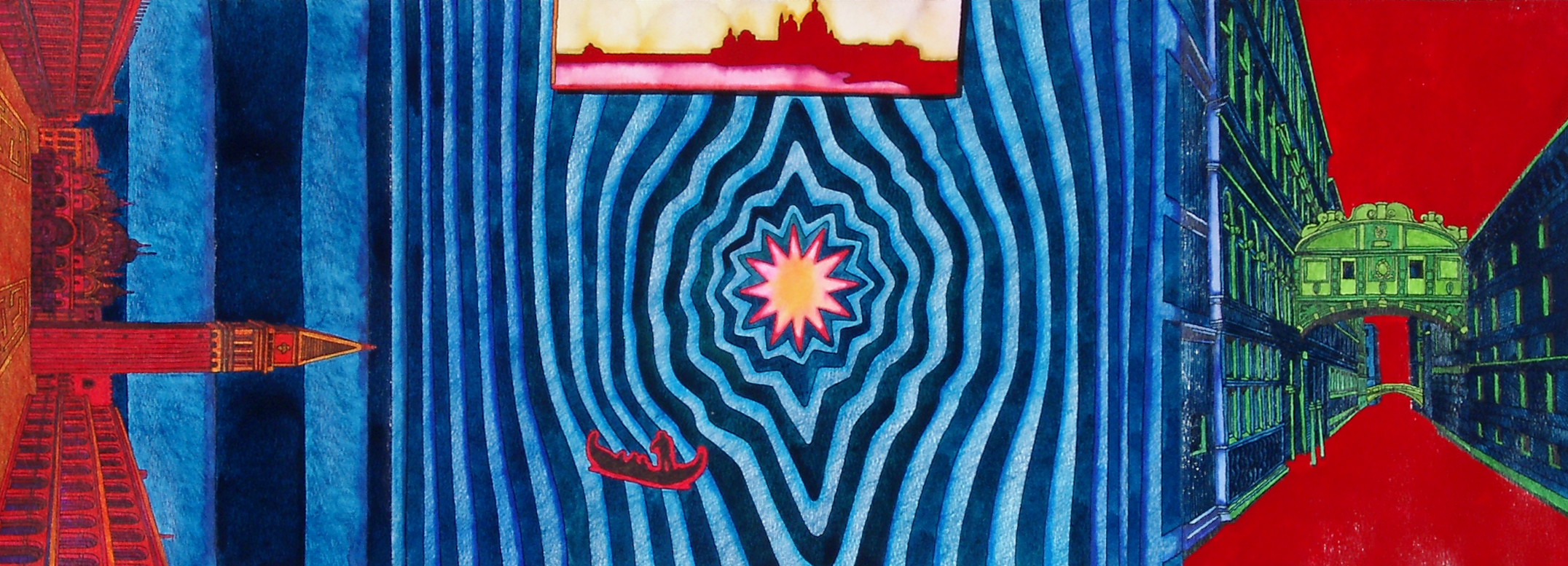
Long a social activist, Mickey appeared in August 1991 before the U.S. Senate Committee on Aging, speaking on the healing value of drumming and rhythm on afflictions associated with aging. He followed that speech with Rhythm For Life, a 2000 person drum circle at the College of Marin, where he was joined by Carlos Santana, Shiela E, Hamza El Din, Airto, and Flora Purim, and in the Fall of 2004, broke the Guinness World Record: Largest Drum Ensemble for his 5000 person drum circle, also in Northern California. Mickey currently serves on the board of “Music and the Brain” at Institute for Music and Neurologic Function at Beth Abraham Hospital.
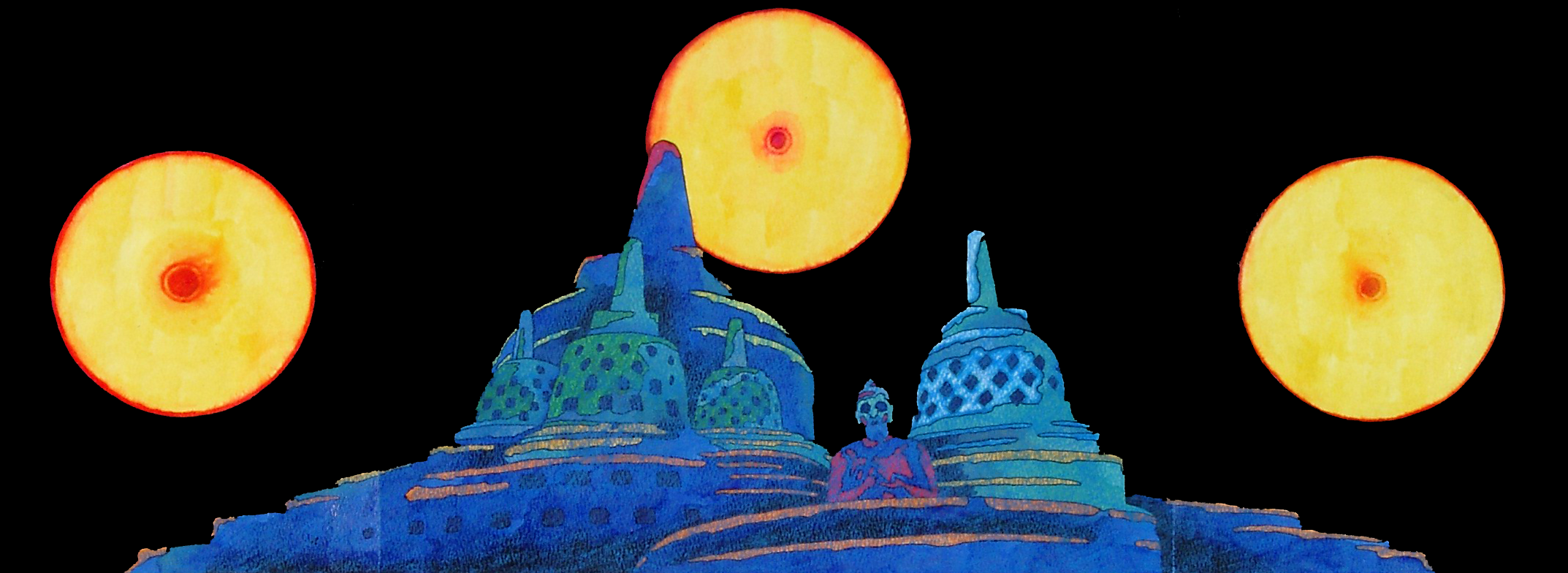
In 1999, Mickey was appointed to the Board of Trustees of the American Folklife Center at the Library of Congress where he headed the sub-committee on the digitization and preservation of the Center’s vast collections. There he helped to establish the “Save Our Sounds” project, a collaboration between the AFC and the Smithsonian’s Center for Folklife and Cultural Heritage, where he currently serves as member of the board of directors.
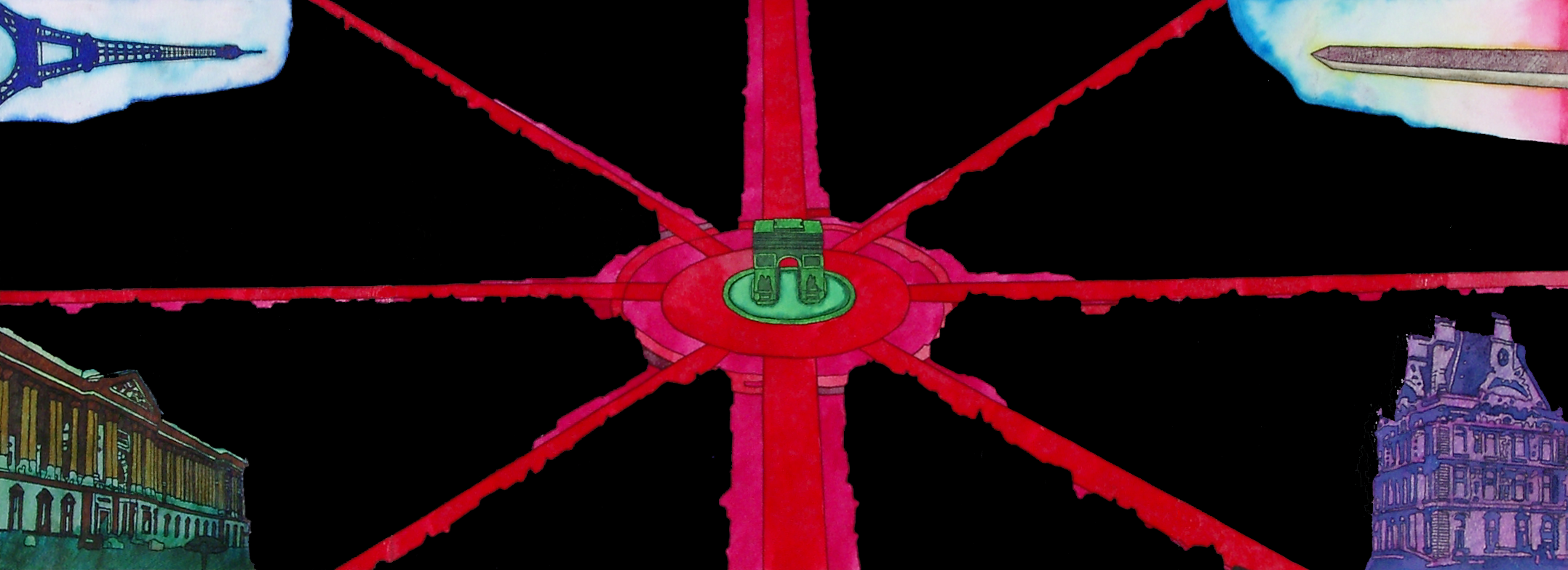
Mickey has been honored repeatedly for his contributions. The Grateful Dead was inducted into the Rock and Roll Hall of Fame in 1994, and in 2007 along with the other members of the Grateful Dead, Mickey received a Grammy Lifetime Achievement award. Other honors include, in 2009, Mickey was inducted into the Percussive Arts Society Hall of Fame. In 2004 he received the NARAS SF Chapter Governors Award, in 2002 Surround Music Awards Best Multi-track Reissue for Grateful Dead American Beauty, and in 2003 a Music Has Power Award, In October of 2000, the Saybrook Graduate School and Research Center conferred an honorary doctorate of humane letters upon Mickey for his work in advancing the preservation of aural archives.
Music©The Mickey Hart Band
www.mickeyhart.net
Web Design by Nicolas Roeper

